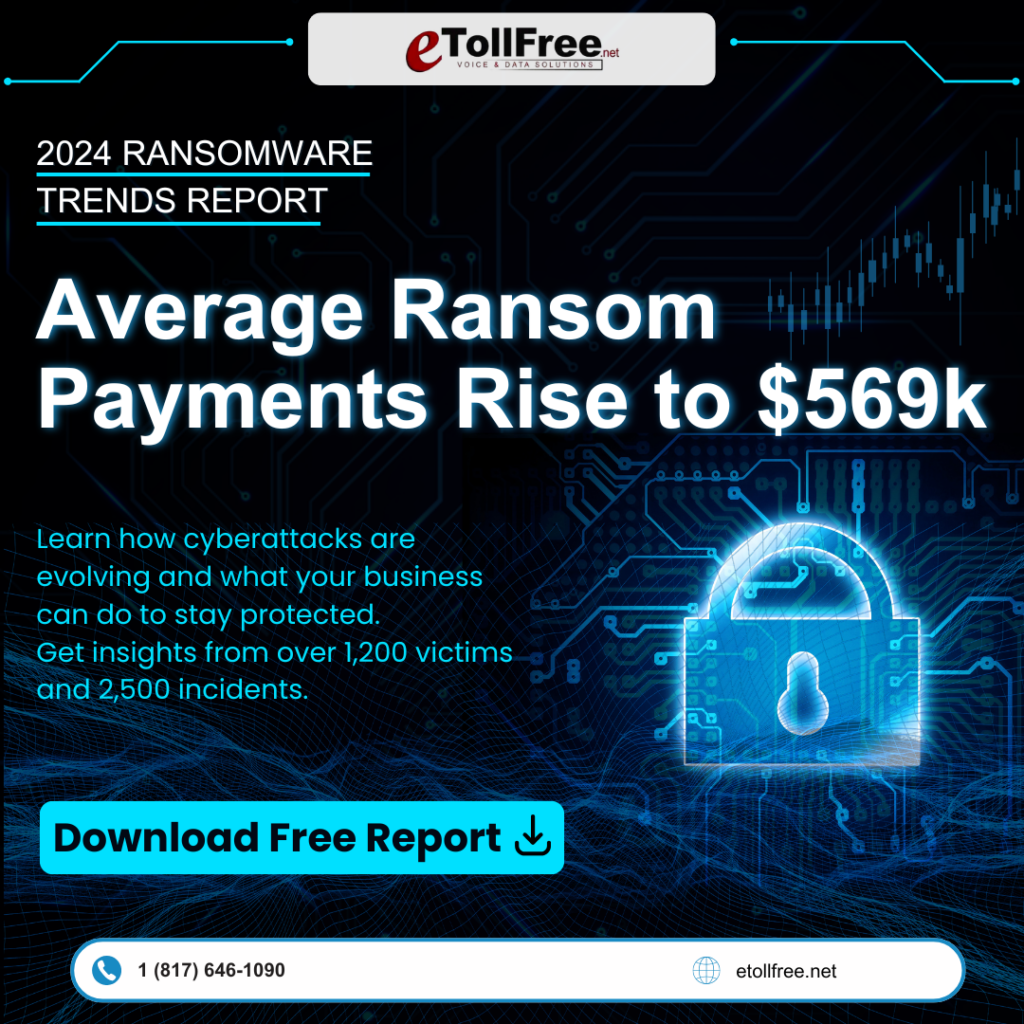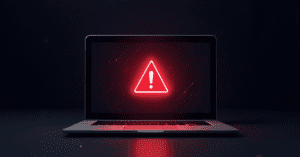How Continuous Threat Exposure Management Improves Cybersecurity Efforts
Picture this: It’s a typical Friday night, and Jayden just settled into bed, scrolling through his phone, when a frantic message from his best friend, Mia, popped up. Her Instagram account had been hacked, and someone was posting strange, weirdly enticing messages about free money. Realizing her blunder, Mia confessed that her password was the most obvious choice ever—her dog’s name followed by a simple ‘123.’ They both knew hackers were getting craftier, exploiting lapses in security with an uncanny finesse. This story isn’t new, but what if there was a way to outsmart these digital nemeses before they made their move? Enter Continuous Threat Exposure Management (CTEM), a proactive approach to cybersecurity that keeps systems one step ahead of evolving threats.
Cybersecurity Challenges: Facing Constantly Changing Threats
As Jayden and Mia discussed over the weekend, the landscape of cybersecurity is like a video game, where villains—or hackers in this case—keep leveling up. They’re always finding new doors to pry open in our digital worlds, and for most folks, it’s a challenge to stay ahead. Often, cybersecurity measures are a step behind, like tackling the game on “expert mode” with no extra lives. To win, businesses and individuals need more than basic defenses; they need to evolve just as fast as the threats.
Understanding Continuous Threat Exposure Management (CTEM)
While helping Mia with her hacked Instagram, Jayden shared a fascinating concept he had learned called CTEM. Think of it as a high-tech security system for your digital home. Unlike regular systems, CTEM does more than just alert you when an intruder is on the premises; it predicts and stops the break-in before it even happens, by identifying vulnerabilities. It’s akin to knowing not just how to guard your current situation, but also how to prevent future potential breaches.
The Five Stages of CTEM
The secret sauce of CTEM lies in its methodical approach. Imagine revamping your old security, not just fixing it. Here’s how CTEM breaks it down:
Scoping: Identifying What’s at Risk
The first step is recognizing what’s important and figuring out how it might be targeted. This is like double-checking all the ways someone might sneak into your house, prioritizing key areas of concern.
Discovery: Conducting a Thorough Sweep
Next, it’s about scouting for weaknesses—those windows left unlocked, so to speak. It’s a continuous process, because today’s systems can’t afford to be complacent.
Prioritization: Focusing on Serious Threats
Imagine discerning between a harmless noise at the door and a genuine attempt at breaking in. CTEM ensures attention is on addressing the most significant threats first, rather than minor annoyances.
Validation: Testing Security Strength
This is where you invite a friend to attempt a mock break-in, testing the defenses as if they were potential hackers, ensuring they hold up under pressure.
Mobilization: Acting Swiftly Against Threats
Finally, as soon as a flaw is identified, it’s about rapid action—mobilizing resources to patch vulnerabilities, much like summoning security personnel to rectify a situation immediately.
The Advantages and Challenges of CTEM
CTEM isn’t just about spotting threats but also anticipating them, allowing companies and individuals to outsmart hackers continually. This proactive strategy helps maintain robust and up-to-date security measures. However, challenges like tech integration can make it tricky. Ensuring all systems work together seamlessly is comparable to syncing up your myriad smart devices at home. Plus, dealing with massive amounts of data to pinpoint actual threats means sorting through a digital haystack for the proverbial needle. It requires businesses and individuals alike to shift from a reactive stance to being proactive with their cybersecurity measures.
The Importance of Proactive Security
At the end of that turbulent weekend, as Mia regained control of her account, she turned to Jayden, contemplating whether social media platforms and educational institutions adequately protect their users. Jayden was quick to remind her that while measures exist, personal vigilance is crucial. The realm of cybersecurity continues to expand as hackers enhance their skills, but the ultimate defense remains proactive anticipation and preparation. Staying ahead of cybersecurity threats is not just wise; it’s the key to safeguarding personal and professional information in today’s digital era.
As Mia joked about her next lesson with the “Cybersecurity King,” the gist of Jayden’s advice was clear: Stay smart and stay safe. Whether you’re running a multinational corporation or just managing your social media, embracing the principles of CTEM ensures you’re not just reacting to threats, but thwarting them before they arise.










